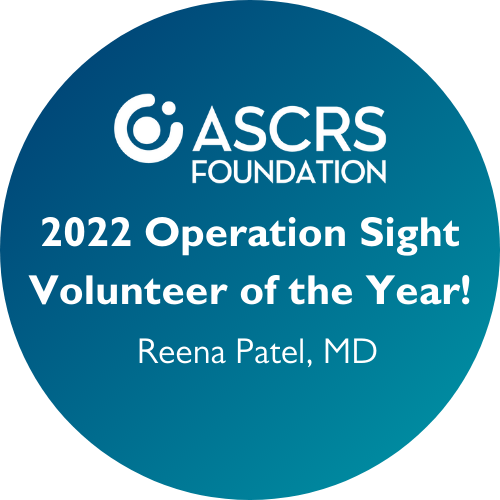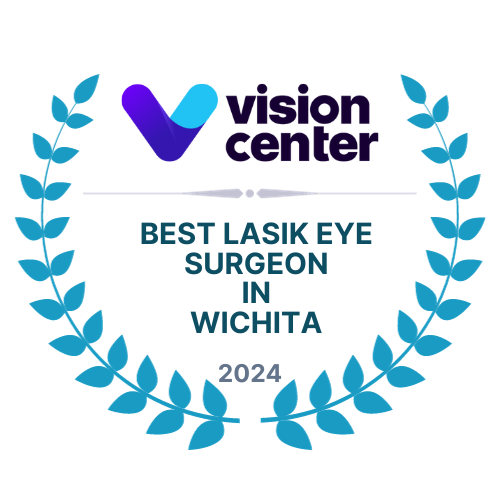Many patients don’t understand the difference between PRK and LASIK for vision correction. The difference is that PRK is viewed as refractive surgery, which is used to fix myopia, astigmatism and hyperopia.
Vision correction with PRK is different because it’s the predecessor of LASIK, and it was the first laser procedure used for vision correction. When compared to LASIK, the recovery time for PRK is longer, but it’s still a popular option among patients. Vision correction with PRK has several advantages to offer.
How PRK Works
The procedure is very similar to LASIK, and it’s effective because it reshapes the cornea. To accomplish this task, PRK uses an excimer laser, which allows plenty of light to enter the eye.
The first step of the PRK procedure is what makes it different. During the LASIK procedure, a thin flap is created on your cornea, and the flap is made with a femtosecond laser. To expose underlying corneal tissue, the flap must be lifted, and once the cornea has been reshaped, the flap is replaced.
The PRK procedure is different because it involves the removal of the outer layer of the cornea. It only takes a few days for the epithelium to regrow after the surgery is finished.
The Advantages of PRK
If you’re considering vision correction with PRK, then you should be aware of the advantages. One of the major benefits of this procedure is the reduced depth of the laser treatment. During the procedure, the laser doesn’t penetrate nearly as deep as other treatment options.
Another advantage of PRK is that it works particularly well for patients who have a thin cornea. If your cornea is thinner than normal, you should benefit from choosing PRK over other procedures.
PRK is also advantageous because there is no risk for complications with the corneal flap. In alternative procedures, the risk of corneal flap complications is always present. Another advantage of PRK is the reduced risk of corneal thickness.
The PRK Procedure
When the procedure begins, the central area of your corneal epithelium will be removed, and the standard procedure for removing this part involves the use of a buffing device and alcohol.
The next part of the process involves an excimer laser, which precisely reshapes the surface of your cornea. The precise excimer laser is controlled by a computer, and it’s designed to remove microscopic pieces of tissue with pulses of ultraviolet light.
After the surgery is finished, a contact lens is used as a bandage for the cornea, and it will protect the eye. It can take days for you to regrow epithelial cells, and once this process is finished, you’ll be able to remove the bandage.
Is PRK Right for Me?
Vision correction with PRK is ideal for patients who are likely to develop eye injuries from sports. If you enjoy contact sports, then you should benefit from PRK. It might also be the best treatment option for patients who have a thin cornea. During a consultation at Wichita Vision Institute in Wichita, you can get all the facts about the PRK procedure. Contact us today to book your appointment with Dr. Reena Patel.







